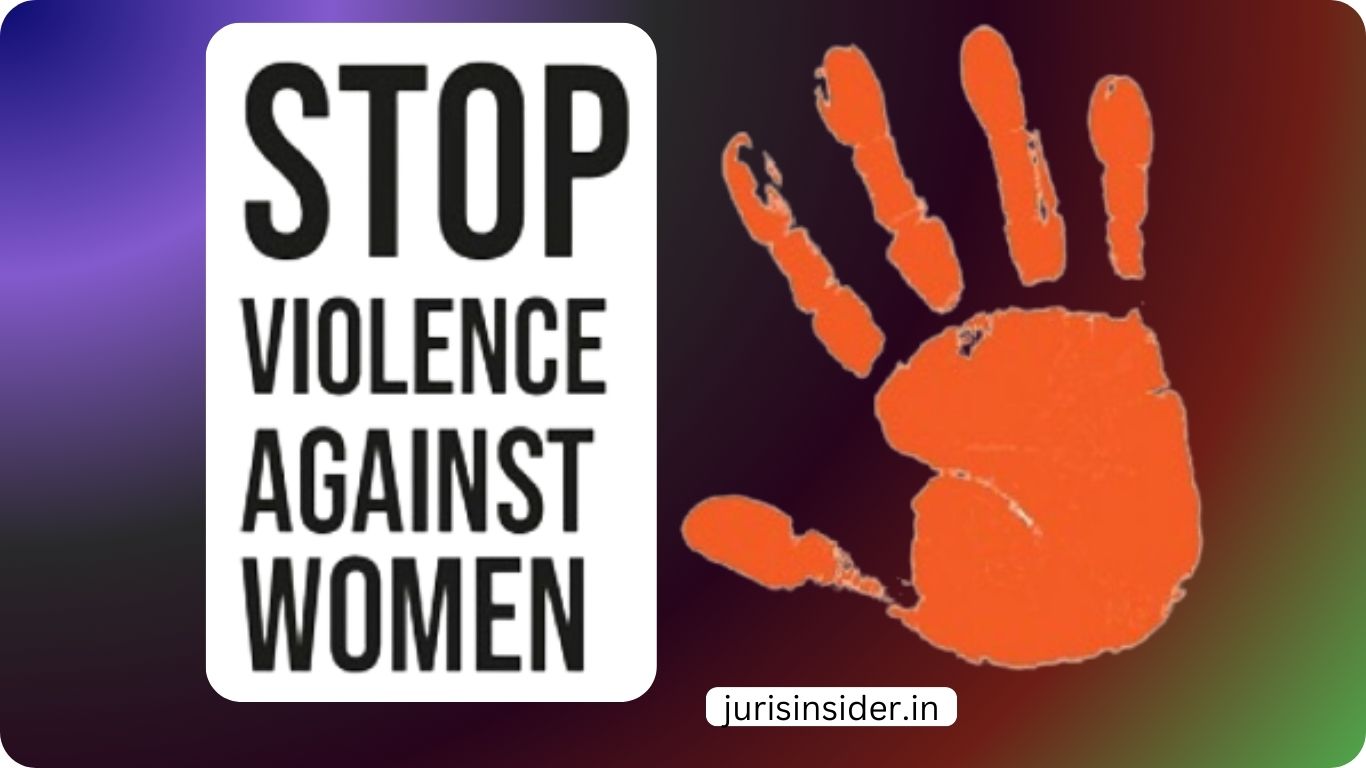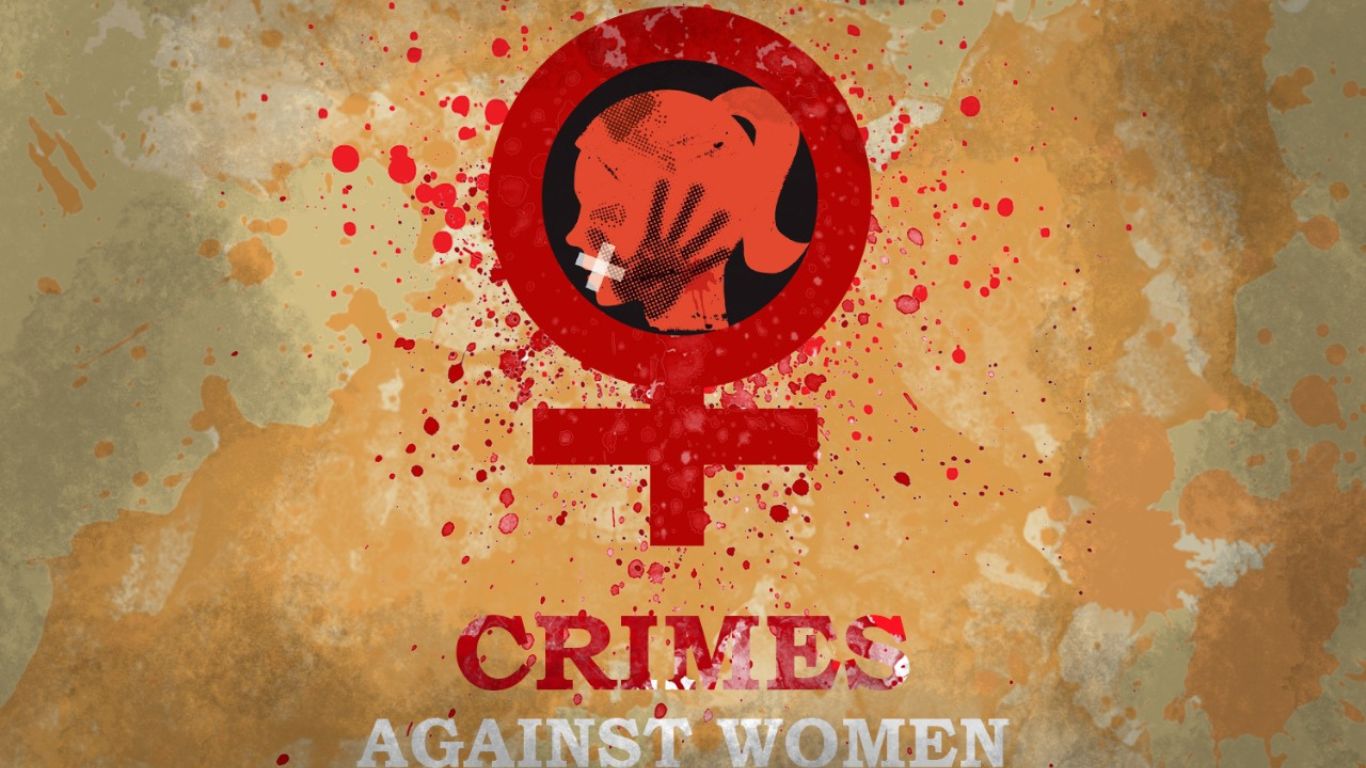The number of crimes against women is rising alarmingly. There are many various forms of violence against women, including physical assault, psychological abuse, sexual assault, financial abuse, and semiotic abuse. These violent acts appear to be of diverse sorts, but they are all connected in several ways. Rape, dowry killings, female infanticide, forced child marriage, kidnapping, and acid attacks on women are a few typical forms of violence against women. In spite of the fact that women are not secure in public areas however, it must be emphasized that this does not necessarily imply a guarantee of safety within their private spaces. My topic of discussion is based on a recent, horrible tragedy that occurred in Manipur. The perpetration of violence not only inflicts harm upon the individual victim, but also engenders a disturbance in the prevailing state of social tranquility and concord, thereby impeding the progress and advancement of society.
Incident that happened in Manipur
On Wednesday (July 19), a bone-chilling video of two women, stripped naked and dragged to a paddy field by a group of armed men went viral. According to media accounts, it happened around two months ago, when the violence initially started.
The Meitei-dominated valley in the Thiubal area is where the incident is said to have occurred. A police station in the Kangpokpi area received a complaint, and the matter was later transferred to the police station in Thoubal.
The Indian Express newspaper reports that on May 18, a FIR was filed against “unknown armed miscreants” on suspicion of kidnapping, gangrape, and murder. They haven’t yet, nevertheless, been taken into custody.
The video received a lot of backlashes as it travelled quickly across many social media sites.
A group of guys can be seen forcing the two naked women—one in her 20s and the other in her 40s—to go towards a field in the video. The two women can be seen being forcedly groped by several of the males as they are being dragged into a field.
A “group of 800-1,000 persons carrying sophisticated weapons” entered their village on May 4 afternoon, one day after unrest erupted in the state, and started looting and burning it, according to the complaint. The two women, who belonged to the same family, were reportedly running towards a forest as a result.
A group of guys intercepted the women as they were making their way to the police station after they had been subsequently rescued by the police, taking them around two miles away.
The two ladies were made to remove their clothing and strip in front of the crowd, while the youngest woman’s father was immediately executed.
Additionally, they said that her brother was slain while attempting to assist her.
The ladies reportedly reside in relief camps after eventually managing to flee to the nearby mountainous area of Tengnoupal.
Manipur Superintendent of Police K Meghachandra Singh responded to the viral video by saying in a press release that “As regards the viral videos of two women paraded naked by unknown armed miscreants on May 4, a case of abduction, gangrape and murder, etc. was registered at Thoubal district against unknown armed miscreants, and the investigation has started. The state police are working nonstop to apprehend the offenders as soon as possible.
Reason behind the violence
What is the reason behind this aforesaid heinous crime? That may happen due to the ethno-political-demographical crisis. In Manipur, a protracted conflict between the Kuki and Meitei ethnic groups has resulted in extensive bloodshed, fatalities, and evictions. According to conservative estimates, there have been 80 fatalities and more over 40,000 house displacements. There are frequently no houses left for the lead to return to. No Meiteis can be seen in Churachandpur or other Kuki-dominated hill areas, whereas all Kukis have been forcibly driven out of Imphal.
The differences between the two communities are more pronounced than ever, with both expressing suspicion, rage, and even hatred towards the other. On May 3, violence broke out during a tribal solidarity march in Churachandpur that had been coordinated by tribal civil society organisations. The dominant and politically more powerful Meitei community’s quest for ST status appears to be the alleged catalyst for the conflicts. In Manipur, just 10% of the entire land area may now be occupied by the Meiteis, who make up around 60% of the population. The tribal population, primarily Kukis and Nagas, inhabits the rest of Manipur, which is made up of hill districts. Following the violence, Kuki MLAs and Manipur’s civil society organisations have called for the formation of a separate government for the state’s hill regions. The Nagas have disagreed with the Meiteis’ request for ST status, although they are silent on the issue of separate government. One of the most significant causes that contributed to the present war, aside from tribal ethnic dynamics, is the state’s participation and the growing “Meitei nationalism” in Manipur. the Meitei dominated administration of Manipur have long been hostile environments for Kukies, who are often referred to ” illegal immigrants,” and ” poppy cultivation”. It can say that These stories appear to have gained further momentum with the appointment of new Chief Minister. The state administration recently conducted an eviction campaign to remove conserved forest lands covered by the FRA, which results in the relocation of the Kuki commiunities without any kind of rehabilitation.

Violation of Human Rights
The Universal Declaration of Human Rights (UN 1948) establishes the entitlement of all individuals to the fundamental rights of life, liberty, and security of person, as outlined in Article 3. However, it is noteworthy that the explicit recognition of women’s rights as human rights in international instruments did not occur until the adoption of the Vienna Declaration by the UN World Conference on Human Rights in 1993. In accordance with Article 18 of the declaration, the human rights of women are deemed to be an inherent, essential, and inseparable component of universal human rights. The declaration explicitly advocates for the eradication of all forms of violence perpetrated against women, both in public and private spheres, asserting that such acts of gender-based violence are tantamount to a transgression of human rights, as stated in Article 38 (UN 1993b). According to the latest pronouncement, namely CEDAW ( Committee on the Elimination of Discrimination against Women ) General Recommendation No. 35, it is firmly established that the entitlement of women to a life devoid of gender-based violence is inseparable from and reliant upon various other fundamental human rights. These encompass the rights to life, health, liberty, and security of the person, as well as the rights to be free from torture, cruel, inhumane, or degrading treatment, and the rights to freedom of expression, movement. This authoritative statement was made by the CEDAW Committee in 2017, as documented on page 6 of their report.
Question marked on Constitutional safeguard
The incident in question is alleged to have infringed upon both constitutional and fundamental rights. The purported infringement of the fundamental rights enshrined in Part III of the Constitution, specifically under Article 21 pertaining to the protection of life and personal liberty, has come to attention. The Supreme Court has expressed grave concern regarding the perceived sluggishness of the investigation in Manipur. It has further opined that there exists a complete breakdown of the law and order machinery within the state. In the present matter, it is noteworthy to highlight the statement made by the esteemed Chief Justice of India (CJI), DY Chandrachud, wherein he expressed his concern regarding the investigation’s lack of substantial progress. The CJI observed that despite the considerable amount of time that has elapsed, no arrests have been made, thereby casting a shadow over the efficacy of the ongoing inquiry. Upon careful observation of the current law and order situation in Manipur, it is evident that concerns have been raised regarding the proper functioning of the constitutional machinery. The court duly acknowledges that the prevailing circumstances in the northeastern state have resulted in a decline of public confidence in the effectiveness of the legal framework.
Provisions under IPC related to crime against women
Within the purview of the Indian Penal Code, 1860 (IPC), a comprehensive range of criminal offences are delineated, encompassing both genders as potential victims, including but not limited to robbery, theft, and murder. However, it is noteworthy that a subset of offences specifically pertains to crimes against women, as classified under the Indian Penal Code (IPC), 1860. Chapter XVI section 375 to 377 of the Indian Penal Code,1860 deals with sex related offences. The Offences of Kidnapping and Abduction for Varied Objectives (Sections 363-373) , Section 498-A of the Indian Penal Code (IPC) pertains to the offence of subjecting an individual to mental and physical torture. In the matter at hand, it is pertinent to examine the provisions of the Indian Penal Code (IPC) with respect to the offences of molestation and sexual harassment. Section 354 of the IPC deals with the offence of molestation, while Section 509 of the IPC pertains to the offence of sexual harassment. These sections outline the legal framework within which such acts are considered unlawful and subject to legal consequences.
The Deep understanding
The purpose of governance is ensuring law and order and safety of every citizen. Present government in Centre and in the state o Manipur has failed to maintain the peace and harmony within the state. The police personnel also could not take any positive and strict steps on this issue. The executive should not be biased or influenced by the legislative body. They are duty bond to take actions against this kind of heinous crime. Whatever may reason may be, this shocking and horrible instant should not have happened. Security of the women being questioned not only this state rather say around the country are facing violence against women.
From the above view we can say that this grim incident is not only occurred due to the ethnic conflict, but we also cannot deny the sociocultural factors which is the one of important issue to rise violence against women. Our society is driven by patriarchal norms.
Considering the current situation in India, safety strategies and avoidance strategies reinforce the notion that women are the weaker sex and in need of protection. This strengthens patriarchal values and men’s control over women. To improve the current situation and to effectively prevent sexual violence, the victim women need to gain self-confidence, which would be better achieved through empowerment strategies like solidarity among women.
References
https://www.outlookindia.com
https://www.indiatoday.in
Inidan Penal code by K.D Gaour
Universal Declaration of Human Rights, 1948

Good writing